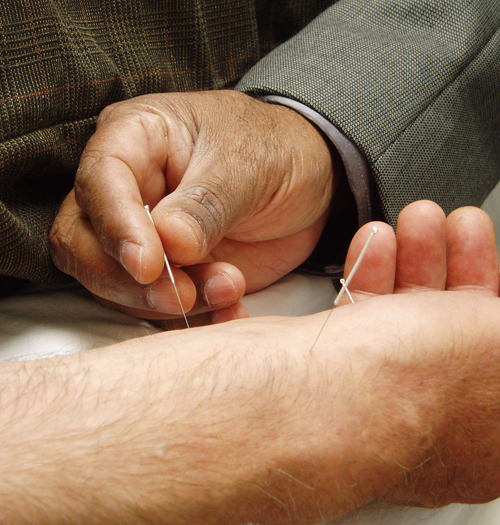
Taxpayer dollars are paying for this
I recently wrote about the free preventive medicine appointments offered by Medicare. Those are worthwhile and are based on good science, but I was surprised to see that Medicare sometimes departs from rigorously science-based standards. They also cover alternative medicine treatments based on fantasy.
Chiropractic
According to Medicare.gov:
Medicare Part B (Medical Insurance) covers manipulation of the spine by a chiropractor or other qualified provider to correct a subluxation (when the spinal joints fail to move properly, but the contact between the joints remains intact).
The chiropractic subluxation is the essential basis of chiropractic theory. Chiropractors originally believed bones were actually out of place, that these subluxations interfered with the nervous system, that they caused 100% of all disease, and that spinal manipulation put the displaced bones back into place. When x-rays showed no such thing, they re-defined the subluxation as:
…a complex of functional and/or structural and/or pathological articular changes that compromise neural integrity and may influence organ system function and general health.
This meaningless gibberish allowed them to practice spinal manipulation on anyone they wanted to.
In 2009, an article came out in the Journal of Chiropractic and Osteopathy. 3 of its 4 co-authors were chiropractors. They pointed out that no evidence for the existence of chiropractic subluxations has ever been demonstrated, and that there is no supportive evidence for the association of the chiropractic subluxation with any disease process or of creating suboptimal health conditions requiring intervention. They said the subluxation construct was nothing but unsupported speculation.
They concluded:
The subluxation construct has no valid clinical applicability.
Chiropractors were now confirming what the critics of chiropractic had been saying for decades. The whole theory underlying chiropractic was a myth. That admission by chiropractors themselves should have put an end to chiropractic claims but it didn’t. Most chiropractors continued to promote the unproven claims. And Medicare fell for the claims.
Acupuncture
Medicare covers up to 12 acupuncture visits in 90 days for chronic low back pain, with 8 additional visits if the patient shows improvement. (It doesn’t cover acupuncture for any other condition.)
Acupuncture is a myth that posits acupuncture points and meridians that have never been shown to exist. I punctured the acupuncture myth here. Medicare’s coverage is not based on rigorous science. Yes, there are studies showing that acupuncture “works” but there are all sorts of reasons that studies can reach false conclusions. In the case of acupuncture, the studies are great examples of what I call “Tooth Fairy science”, studying something that has never been shown to exist. They only demonstrate placebo responses.
An explanation
At first I was puzzled as to why Medicare approved these treatments, but I came across a Cochrane review that may explain their thinking. It allegedly showed that acupuncture is effective for healing a hordeolum (a stye), a painful inflamed oil gland on the eyelid where the eyelash meets the lid. Styes usually resolve in a week with no treatment needed but warm compresses, although many other treatments may be used. The review found 6 studies, all from China where negative studies are seldom if ever published. A total of 531 patients were treated either with acupuncture alone or in combination with conventional treatments and the results were compared to the results of conventional treatment alone.
The findings of the review
- Acupuncture may increase the chance of the hordeolum getting better compared with using antibiotics and/or warm compresses (low-certainty evidence).
- Acupuncture combined with antibiotics and/or warm compresses compared with antibiotics and/or warm compresses may slightly increase the chance of the hordeolum getting better (low-certainty evidence).
- It is uncertain whether there are any harmful effects of acupuncture for hordeolum.
Note the caveats “may” and “may slightly decrease” and that they found the evidence was of “low-certainty”. And that they have not ruled out possible harmful effects.
The authors’ conclusions:
Low-certainty evidence suggests that acupuncture with or without conventional treatments may provide short-term benefits for treating acute hordeolum when compared with conventional treatments alone. The certainty of the evidence was low to very low mainly due to small sample sizes, inadequate allocation concealment, lack of masking of the outcome assessors, inadequate or unclear randomization method, and a high or unreported number of dropouts. All RCTs were conducted in China, which may limit their generalizability to non-Chinese populations.
My conclusion
Apparently Medicare doesn’t support good science-based medicine. They only require a published controlled study and don’t care if the evidence is flimsy or is based on mythical concepts. Disappointing! Especially since they are forcing us taxpayers to foot the bill.

